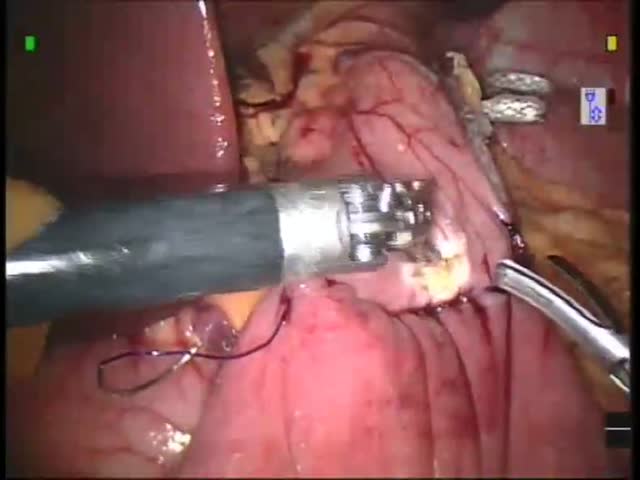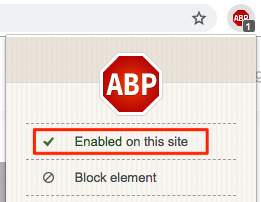
Chicago 2009 Video – Monoquadrant Robotic Roux-En-Y Gastric Bypass
December 22, 2009
S.M. Ayloo
Background/Hypothesis
The objective of the video is to demonstrate the feasibility of performing monoqudrant robotic roux-en-y gastric bypass by
single docking technique.
Materials & Methods
A 35 y/o women with a BMI of 49 having met the criteria of NIH consensus for bariatric surgery was offered robotic rouxen-y gastric bypass. This video presentation showcases the technique of singly docking the daVinci in performing monoquadrant roux-en-Y gastric bypass in its entirety.
Results
The patient is positioned supine and the trocar set up on the abdomen includes a 12 mm camera port, 12 mm and 5 mm right sided surgeons working port, two 12 mm left sided first assistant ports and a nathanson retractor to elevate the left lobe of the liver. Subsequent to creating a 30 ml gastric pouch using a series of endoGIA, the daVinci robotic system is docked cranially and the robotic arms are attached in the double cannulation fashion. The gastro-jejunostomy is performed by robotic assisted hand-sewn double layered technique, followed by the creation of jejuno-jejunostomy by anastomosing the bypassed roux limb to the proximally portion of the jejunal loop utilized in the GJ anastomosis. The common enterotomy is closed two layered robotic assisted hand-sewn technique. The bridge of jejunum between the GJ and JJ anastomosis is transected separating both anastomosis.
Conclusions
The video highlights the feasibility of performing monoquadrant roux-en-y gastric bypass in its entirety with single docking. Offers highlights of technical maneuvers a robotic system offers over conventional laparoscopic system.







